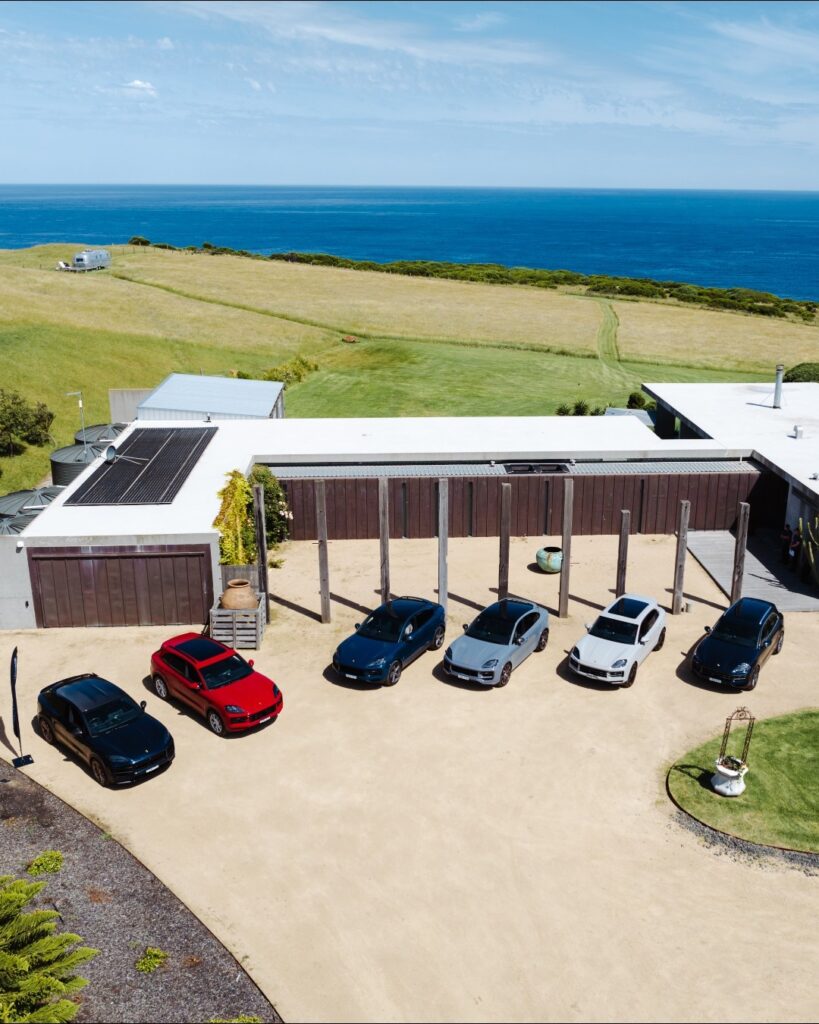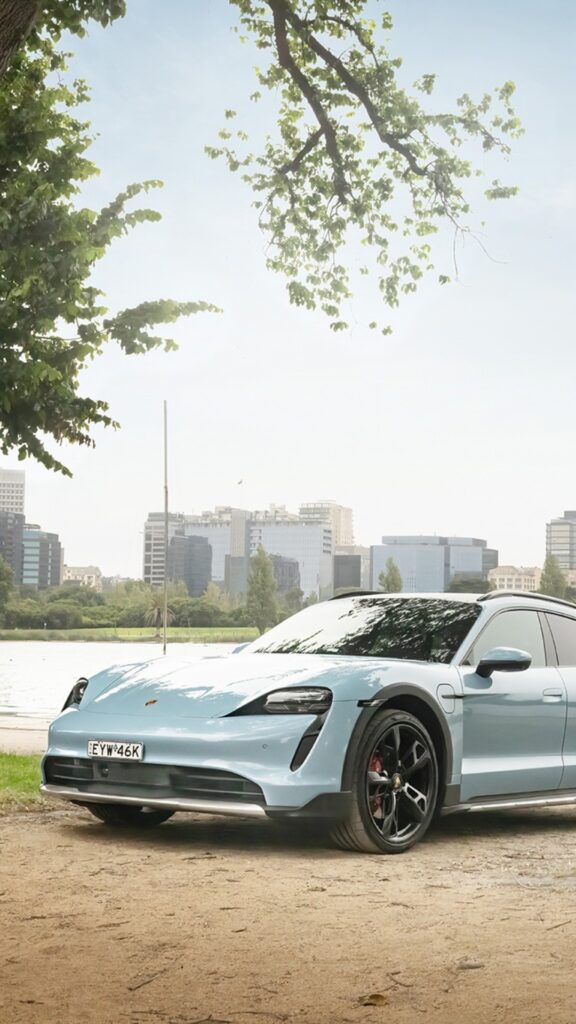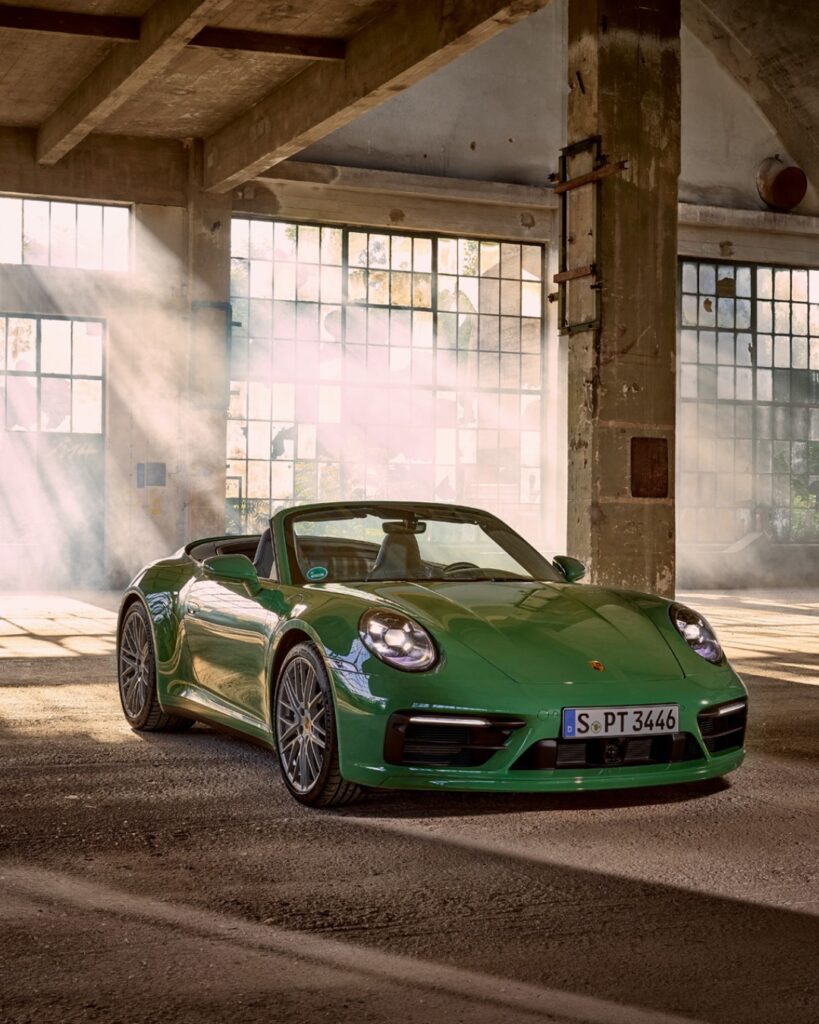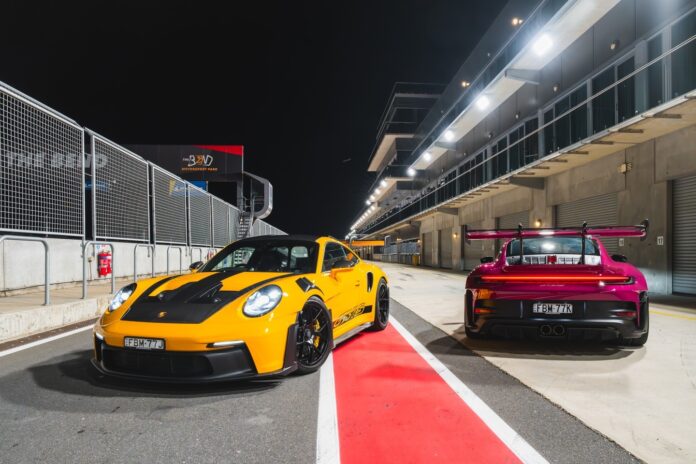Porsche, a name that resonates with automotive excellence and precision engineering. In a world dominated by an array of German automotive giants, Porsche stands out as a niche player with a focused lineup. In this article, we’ll unravel the mystique surrounding Porsche models, exploring each variant’s unique characteristics and the brand’s unconventional naming system.
The Porsche Lineup: A Trim Six
Contrary to the expansive fleets of its German counterparts, Porsche boasts a more concentrated lineup of six main models. These include the 718, 911, Panamera, Taycan, Macan, and Cayenne. Each model is a testament to Porsche’s commitment to precision and performance.

Cracking the Code: Porsche’s Naming System
Unlike Mercedes, Porsche doesn’t follow a universal naming system. Instead, they employ universal name associations to denote performance or electrification levels. The letter ‘S,’ for instance, signifies a slight horsepower boost achieved through engine tuning, often accompanied by enhancements like larger brakes and stiffer suspension.
Moving up the performance ladder, the ‘4S’ association signifies all-wheel-drive capability. Beyond this, we encounter the ‘GTS’ and ‘Turbo’ variants, with the latter representing the zenith of power and acceleration. Notably, the ‘GT3’ and ‘GT4’ badges are reserved for models engineered with a motorsport pedigree, designed for track enthusiasts.
Now, let’s put these insights into context by exploring the main models in detail.
1. 718: The Compact Dynamo
At the entry point, we have the 718, Porsche’s smallest and most affordable offering. The base version, the 718 Cayman, is a mid-engined coupé with a horizontally mounted four-cylinder engine. Its convertible counterpart, the 718 Boxster, mirrors its specs. Both versions offer a spectrum of flavors, from the standard to the T, S, GTS, GT4 and GT4RS, providing power outputs up to 493 horsepower and acceleration to 100 km/h in just 3.4 seconds.

2. 911: The Timeless Icon
The 911, an automotive icon, comes in various renditions. The standard 911 Carrera, a two-plus-two-seater coupé, is fitted with a twin-turbo V6 at the back. The 911 Cabriolet is its open-top counterpart, while the Targa model flaunts a distinctive two-piece headliner. The 911 spans the norm with 4 and S models, GTS, Turbo, and Turbo S variants. The latter, with 650 horsepower, sprints to 100 km/h in a mere 2.7 seconds, marking itself as one of Porsche’s fastest creations.

3. Panamera: Unrivalled Elegance and Space
The Panamera, Porsche’s luxury sedan, stands out for its practicality. With room for up to five adults, it leaves no association untouched, except for the elusive “Touring” model. The top-tier Panamera achieves a swift 3.1-second acceleration, concluding Porsche’s non-SUV lineup.
Buying a car soon? Get Pre-Approved for Your Next Car with Infinity Auto Finance.
4. Taycan: Electrifying Performance
The Taycan disrupts the traditional Porsche lineup as an electric offering. With dual electric motors enabling all-wheel drive, it defies expectations with a 93 kWh battery producing 761 horsepower. In just 2.8 seconds, the Taycan surges to 100 km/h, challenging the notion that electric equals subdued.

5. Macan and Cayenne: Dynamic SUV Duo
The remaining two models, the Macan and Cayenne, embrace the SUV realm. Both feature four-wheel drive, and like their counterparts, offer S, GTS, and Turbo variants. The Cayenne, with its V8 engine and electric motor combo, outshines the Macan in power and acceleration.

A Guide to Letters and Numbers
If you’re diving into the Porsche world, you’ve probably encountered perplexing combinations of letters and numbers appended to model names. Fear not, as each letter and digit holds a key to understanding the unique attributes of that particular Porsche. Let’s unravel the code.
1. Carrera: Racing Roots
Meaning: Stemming from the Carrera Panamericana race in Mexico, Carrera represents the base 911 and its variants.
Significance: A tribute to Porsche’s racing legacy, especially the triumph with the 550 Spyder in the Carrera Panamericana.
2. E-Hybrid: Green Performance
Meaning: Models with E-Hybrid feature an electric motor in addition to the combustion engine, prioritizing environmental sustainability.
Significance: A commitment to reducing CO2 emissions, aligning with a more eco-conscious driving experience.
3. GTS: Gran Turismo Sport
Meaning: GTS is applied to some of the most athletic and exclusive Porsche models.
Significance: Synonymous with Gran Turismo Sport, these models strike a balance between high-performance driving and luxury.
4. RS: RennSport Racing
Meaning: Models carrying the RS (RennSport) letters are initially designed for motor racing but are adapted for street-legal use.
Significance: RS models embody track-focused engineering while remaining practical for on-road use.
5. S: Enhanced Power
Meaning: Porsche vehicles with an “S” in their name boast more powerful engines.
Significance: The “S” signifies a performance upgrade, promising a more exhilarating driving experience.
6. Targa: Open Elegance
Meaning: Targa is exclusive to the 911 series, representing an open-top model with a roll-over protection bar and fixed roof section.
Significance: Targa models offer a unique blend of open-air driving and structural elegance.

7. Turbo: Power Boost
Meaning: Models with the “Turbo” designation feature an engine with an exhaust gas turbocharger, delivering a substantial power boost.
Significance: Turbo models are synonymous with high performance and rapid acceleration.
8. 4: All-Wheel Drive (AWD)
Meaning: The number “4” designates models equipped with all-wheel drive.
Significance: AWD models provide enhanced traction and stability, especially beneficial in diverse driving conditions.
9. Cabriolet: Wind-in-the-Hair Experience –
Meaning: Cabriolet models are convertibles, providing the exhilarating experience of open-top driving.
Significance: These models deliver a dynamic driving experience with the freedom of a convertible roof.
Buying a car soon? Get Pre-Approved for Your Next Car with Infinity Auto Finance.






